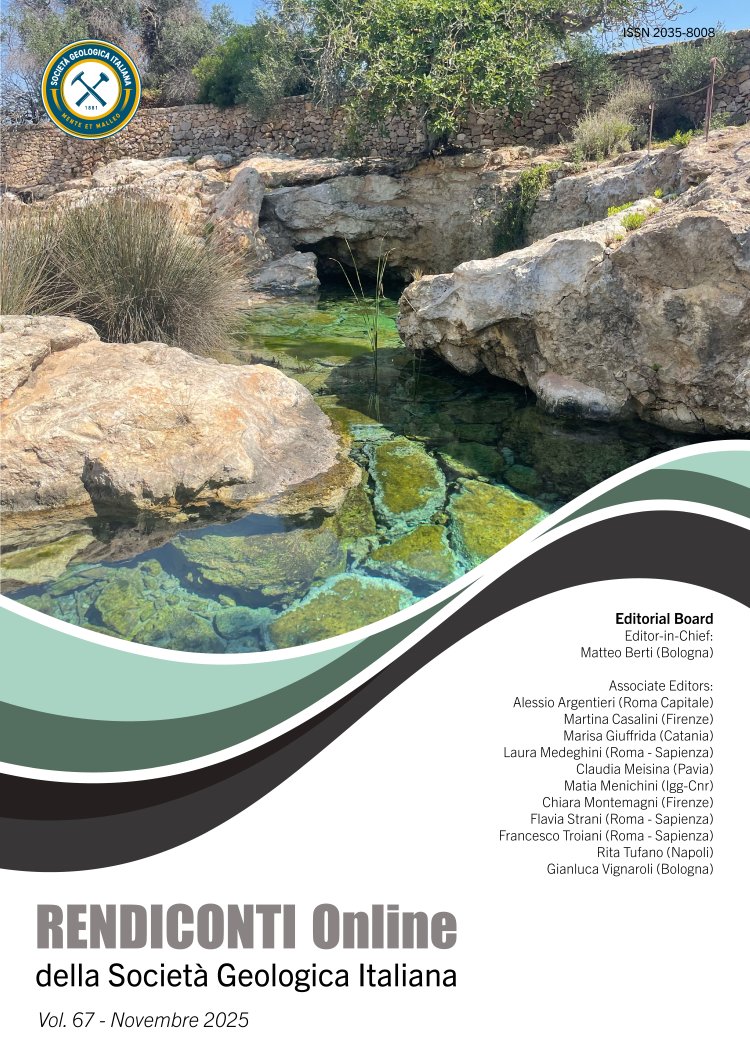
Feasibility study of Managed Aquifer Recharge (MAR) in the areas of drainage trenches “fontanili” of the alluvial plain of Cuneo (NW Italy): first results from the SeTe-ALCOTRA project
Maria Adele Taramasso1, Elena Secco1, Luca Mellano1, Marino Gandolfo2, Paolo Algarotti2, Bartolomeo Vigna1, Adriano Fiorucci1, Tiziana Tosco1, Rajandrea Sethi1 & Alessandro Casasso1
1Politecnico di Torino, Dipartimento di Ingegneria dell'Ambiente, del Territorio e delle Infrastrutture (DIATI), corso Duca degli Abruzzi 24, 10129 Torino.
2Provincia di Cuneo, Settore Gestione Risorse del Territorio, Ufficio Acque, Corso Nizza 21, 12100 Cuneo.
Corresponding author e-mail: m.adeletaramasso@gmail.com
Volume: 67/2025
Pages: 44-53
Abstract
The ongoing climate change is impacting on water availability during summer and hence on irrigation. Indeed, scarcer rainfalls and prolonged dry periods reduce the natural recharge of the aquifer and also lead to a greater dependence on groundwater, which is less prone to seasonal variations. In this context, managed aquifer recharge (MAR) can mitigate the impact of summer droughts and groundwater overexploitation on subsurface water resources, ensuring higher groundwater availability for irrigation. The SeTe-ALCOTRA project studies the feasibility of MAR in the shallow alluvial aquifers of the Cuneo plain, an area dedicated to water-intensive agricultural activities. Like several areas at the foot of the Alps, the Cuneo plain is characterised by the presence of drainage trenches called “fontanili” dug since the Middle Ages to reclaim marshy lands by draining groundwater and making it available for downstream uses. MAR is therefore being tested to mitigate the flow decrease of fontanili observed during recent summer droughts, such as 2021 and 2022. A hydrologic, geological and hydrogeological study was performed, and data were collected to reconstruct the climatic effects on the water resource and understand the correlations between hydrogeological and climatic variables and the fontanili yield. The hydraulic conductivity of the aquifer was estimated through pumping tests, whereas the vadose zone was characterised with Lefranc tests and grain size distribution analyses. Suitable locations for infiltration and monitoring points were then identified. In this paper, these first steps of the SeTe-ALCOTRA project are described, along with future actions.
Keywords
Get Full Text